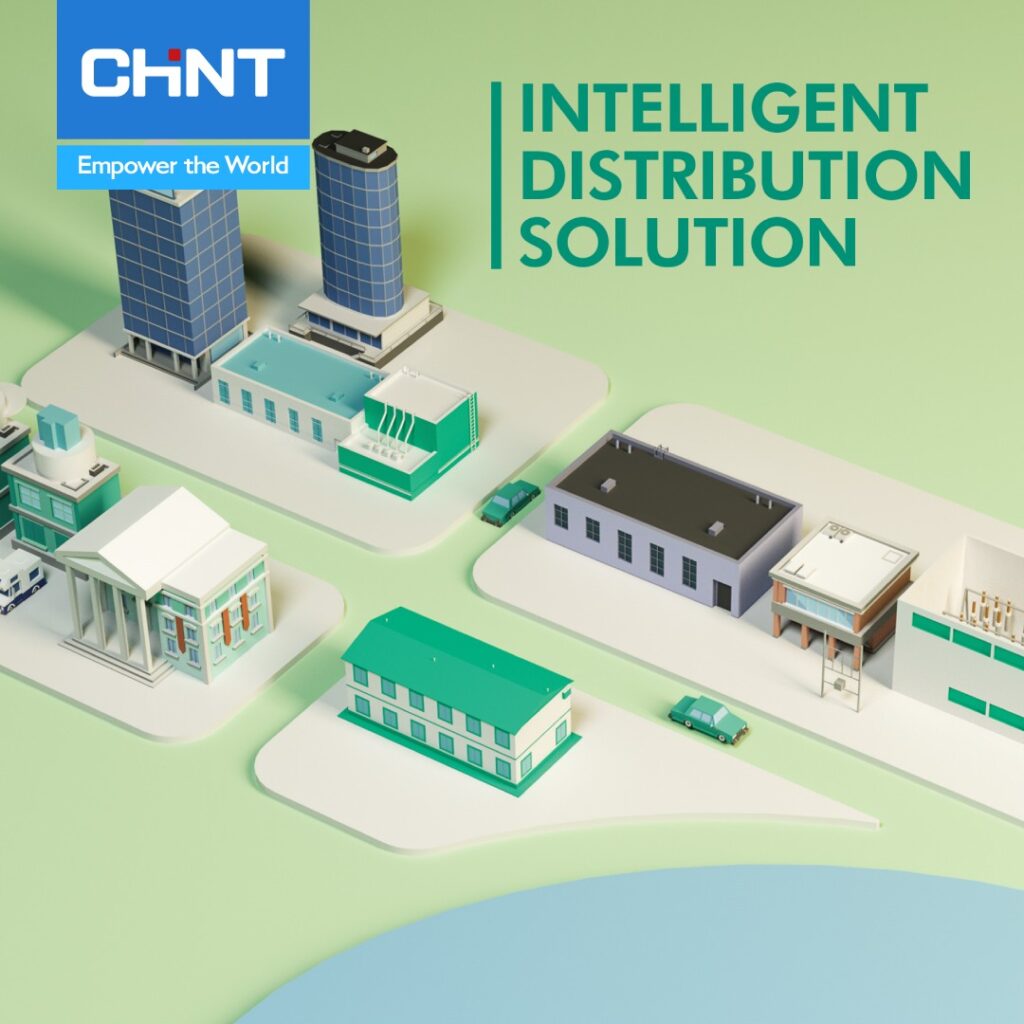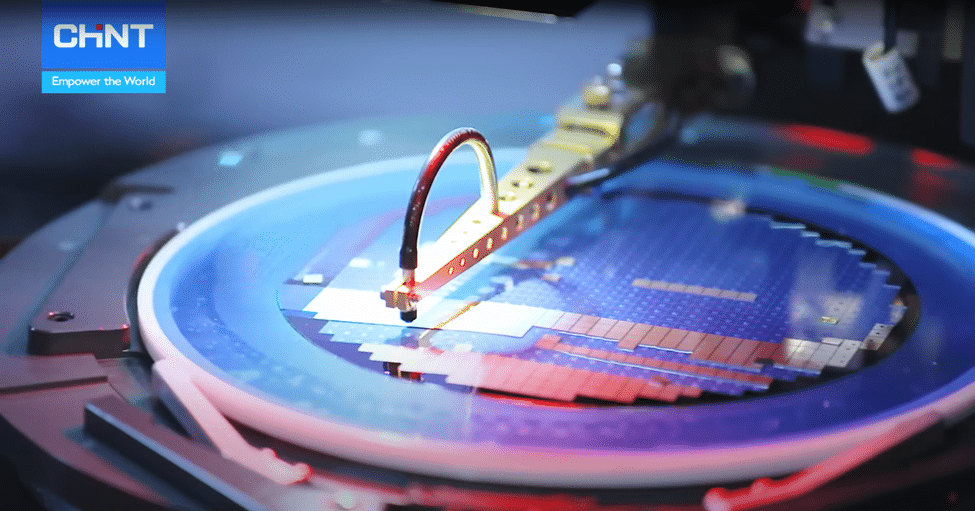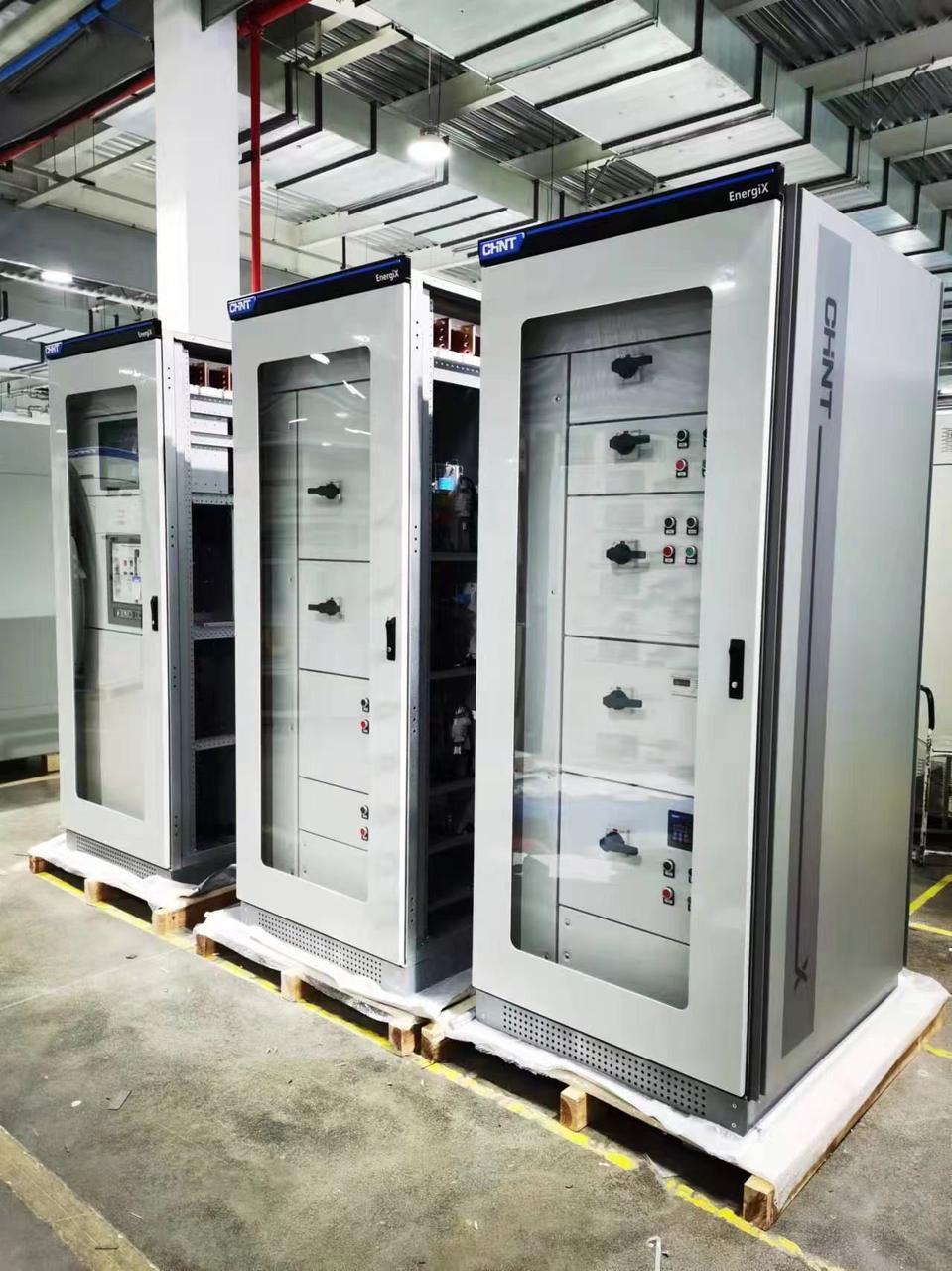Table of Contents
Having optimal communication in a smart grid is an absolute must to guarantee connectivity to other grid elements as well as having a secure and reliable connection. Wi-SUN offers a stable mesh network that streamlines smart grid setup and enables activities like advanced smart metering, smart lighting systems, and even optimal distribution automation.
What is Wi-SUN?
Wi-SUN standards for wireless smart utility network. This is a wireless communication standard that aims to enable smooth connectivity between smart-grid devices. It’s used to power extensive IoT networks. These include wireless mesh networks for things like home energy management, advanced metering infrastructure, and distribution automation.
This wireless smart utility network’s MAC layer, which is responsible for receiving and sending RF frames, is based on the IEEE 802.14.4e standard. Its PHY layer, responsible for managing the hardware that demodulates and modulates the RF bits, is based on the IEEE 802.14.4g standard. Wi-SUN offers worldwide ISM bands of 2.4 GHz and 915 MHz in the United States. It boasts up to 4 KM of coverage and a data rate of up to 300 KBPS.
What are the Highlights of Wi-SUN Technology?
This wireless smart utility network is responsible for creating a reliable and secure method of communication in the smart grid. It boasts stable mesh networking, a fast network setup time, long-range distance capabilities, anti-noise of active frequency hopping, lower latency, and large bandwidth.
All of these great features make this particular wireless smart utility network the perfect choice for smart grid applications throughout the globe. This future-proofing technology allows for the streamlined application of mesh-enabled field area networks in a cost-effective and secure manner.
1. Stable Mesh Network
This network offers hybrid mesh technology for optimal link diversity during operation. When compared to a star network, this wireless smart utility network offers a longer total coverage distance, less consumption and more bandwidth for each node, and multipath for more stable communication. Its mesh network topology is far superior and offers a more stable future for wireless utility.
2. Long Range Distance
This wireless smart utility network offers up to 5 kilometers of distance with 50 kilobits per second of multi-floor penetration. This particular technology can be utilized for the construction and operation of smart cities going into the future.
3. Fast Network Setup Time
This new technology features an ultra-fast network setup time that will be sure to impress. Thanks to its easy integration of mesh networking and active frequency hopping technology, it helps to reduce operating costs and overall deployment fees. Its interconnection is the key to a streamlined setup time.
4. Anti Noise of Active Frequency Hopping
This wireless smart utility network offers unique active frequency hopping for optimal anti-noise interference. This attribute sets this utility network apart from other offerings like NL-IoT and LoRa, which simply don’t yet offer this active frequency hopping technology.
5. Large Bandwidth & Lower Latency
This smart technology offers a very large bandwidth of at least 300 kilobits per second. This is expected to reach up to 2 megabits per second in the near future. Even better, it offers low latency around .02 seconds to ensure the optimal speed of every piece of data delivery necessary.
6. Open Standard
This wireless smart utility network is based on the open standard IEEE and DLMS/COSEM protocol. More specifically, IEEE 802.14.4g, IEEE 802, and IETF IPv6 standards.
What are the Applications of Wi-SUN?
This wireless smart utility network is ideal for multiple applications. The most common include smart metering, distribution automation, and street lighting control. This smart grid is perfect for transitioning into an ultra-highly scalable city setup going into the future. It can be deployed in a singular area or complement other IoT technologies with its mesh networking capability and active frequency hopping technology.
1. Smart Metering
This wireless smart utility network offers real-time data collection and analysis. Thanks to its remote meter reading and monitoring technology, it can outperform other outdated systems that require manual reading. With more smart meters being rolled out to the general public, more consumers are being supplied with vital, detailed information regarding their energy usage throughout various times of the day.
This enables average consumers to better manage their energy usage and goes a long way in being proactive with future energy consumption throughout the country. Unfortunately, this type of metering does provide an access point for malicious hackers, just like other types of smart technology do.
2. Distribution Automation
With so much of the world relying on constant on-time deliveries of products and goods, distribution automation is an absolute necessity for any great business. This wireless smart utility network can enable suppliers with the ability to remotely control and monitor their individual distribution networks. This comes with the added benefit of fault detection and early response availability.
With this wireless smart utility network’s unique technology, distribution automation applications can be ultra-secure and highly scalable. Companies will find it super easy to manage their distribution automation devices, meet necessary performance standards, and respond quickly to any faults that are detected along the way.
3. Street lighting control
This technology offers a future-proof option for future safety in urban infrastructure for citizens. Smart lighting systems can be easily connected to this stable mesh network to provide reliable, resilient, and scalable lighting for all smart city applications. All lights can be remotely controlled and monitored for optimal usage.
Better yet, this stable network creates the perfect platform for more energy-efficient lighting management. This highly sustainable solution will enhance public services and safety while being able to minimize management constraints and operational costs.

Conclusion
Wi-SUN technology is transforming the way that smart grids operate. It produces a mesh network that enables future-proof scalability and reliability for numerous applications. From connecting smart lighting systems to allowing for advanced smart metering technology, this wireless smart utility network is the newest wave of must-have connectivity for any utility and service provider. If you would like to learn more about this new technology, be sure to check out CHINT Global today.
Summarize the main points made in the article. Reiterate the importance of Wi-SUN in the smart grid and its potential for future applications. Provide a call to action for readers to learn more about CHINT Global’s Wi-SUN and its potential benefits for utilities and service providers.
Recommend Reading

The Ultimate Guide to the Time Relay
Table of Contents The time relay is a helpful device that can be used for various purposes in the world of electricity. It is the perfect way

What Is Power Factor Correction and Why Is It Necessary
Table of Contents All the electrical equipment consumes power while operating. That power is real power. However, there is also reactive power. But the reactive








